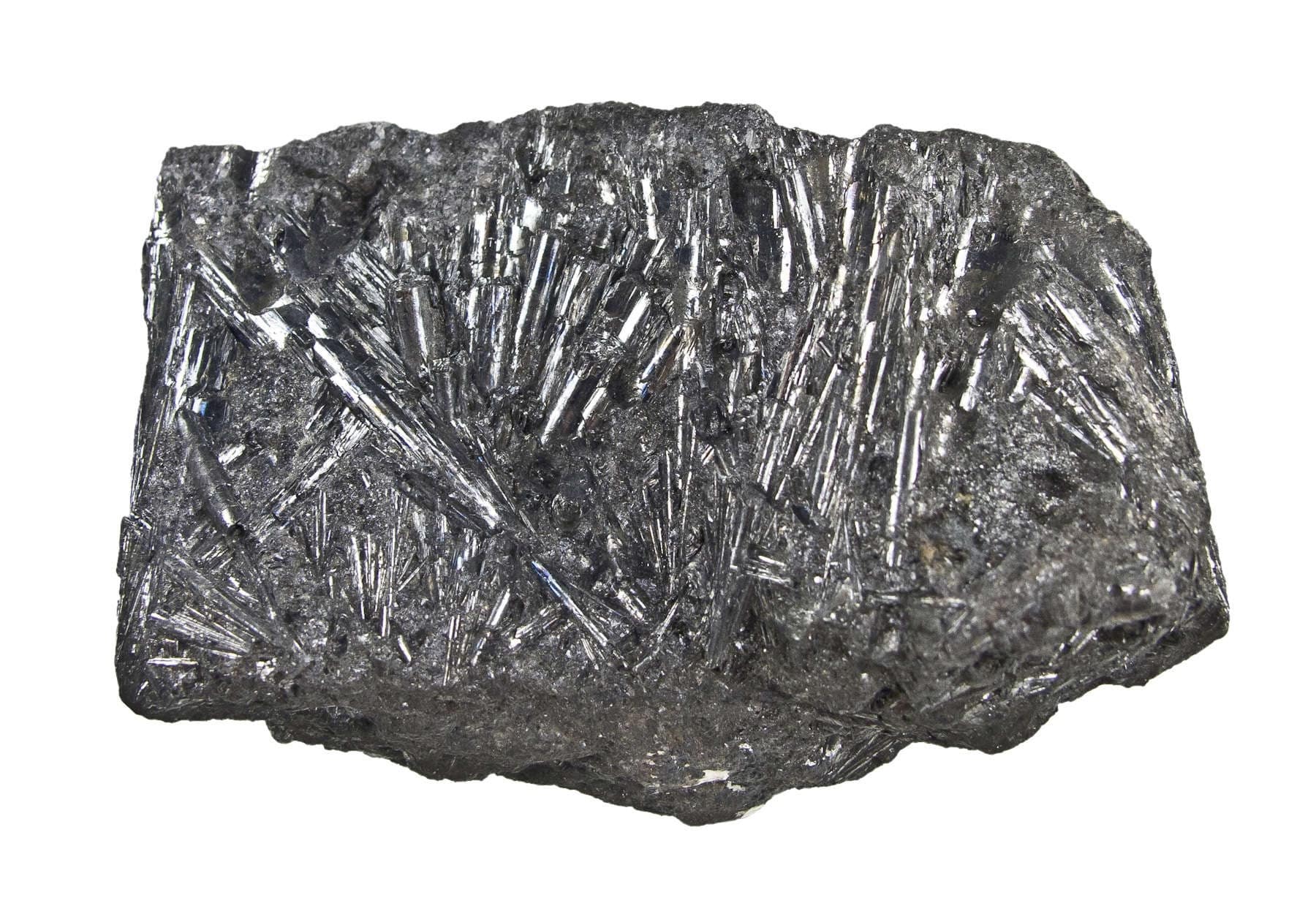
Cylindrite is a fascinating mineral that often catches the eye of geologists and collectors alike. But what makes it so special? Cylindrite is unique because it forms in cylindrical shapes, unlike most minerals that crystallize in more common forms. This mineral is composed of lead, tin, antimony, and iron, making it a complex and intriguing specimen. Found primarily in Bolivia, it has a metallic luster and a dark gray to black color. Its unusual structure and composition make it a subject of study for those interested in mineralogy and geology. Curious to learn more? Here are 30 facts about cylindrite that will deepen your understanding of this remarkable mineral.
Key Takeaways:
- Cylindrite is a rare mineral with cylindrical crystals, found in Bolivia, Czech Republic, and the United States. It's soft, dense, and used in jewelry and industrial processes.
- Cylindrite's unique properties and formation process make it a fascinating subject for scientists and collectors. Its crystal structure and association with other minerals add to its intrigue.
What is Cylindrite?
Cylindrite is a fascinating mineral with unique properties and characteristics. It belongs to the sulfosalt group and is known for its cylindrical crystal formations. Let's dive into some intriguing facts about this mineral.
-
Cylindrite is named after its distinctive cylindrical crystal shape, which is quite rare in the mineral world.
-
This mineral is composed mainly of lead, tin, antimony, and sulfur.
-
Cylindrite was first discovered in Bolivia in 1893.
-
It typically forms in hydrothermal veins, which are cracks in rocks filled with mineral-rich water.
-
The color of cylindrite ranges from dark gray to black, often with a metallic luster.
Unique Properties of Cylindrite
Cylindrite's unique properties make it a subject of interest for mineralogists and collectors alike. Here are some of its standout features:
-
Cylindrite has a Mohs hardness of 2.5, making it relatively soft compared to other minerals.
-
It has a specific gravity of 5.4 to 5.8, indicating it is quite dense.
-
The mineral exhibits perfect cleavage, meaning it breaks along smooth, flat surfaces.
-
Cylindrite is opaque, meaning light does not pass through it.
-
It has a submetallic to metallic luster, giving it a shiny appearance.
Where is Cylindrite Found?
Cylindrite is not a common mineral, but it can be found in specific locations around the world. Here are some notable places where cylindrite has been discovered:
-
Bolivia is the primary source of cylindrite, especially in the Potosí and Oruro regions.
-
It has also been found in the Czech Republic, particularly in the Pribram mining district.
-
In the United States, cylindrite has been discovered in Colorado and Nevada.
-
Other countries where cylindrite has been found include Italy, Germany, and Russia.
-
The mineral is often associated with other sulfosalts like jamesonite and zinkenite.
Uses and Applications of Cylindrite
While cylindrite is not widely used in industrial applications, it has some interesting uses and significance:
-
Cylindrite is primarily a collector's mineral due to its unique crystal shape and rarity.
-
It is studied by mineralogists to understand the formation and properties of sulfosalt minerals.
-
The lead and tin content in cylindrite can be extracted and used in various industrial processes.
-
Cylindrite samples are often displayed in museums and educational institutions for study and exhibition.
-
It can also be used in jewelry, although its softness makes it less ideal for everyday wear.
Interesting Facts About Cylindrite
Here are some more intriguing tidbits about this unique mineral:
-
Cylindrite crystals can grow up to several centimeters in length, although they are usually much smaller.
-
The cylindrical shape of the crystals is due to the way the atoms are arranged in the mineral's structure.
-
Cylindrite often forms in clusters, creating an interesting visual effect.
-
The mineral can sometimes be found in association with quartz and calcite.
-
Cylindrite is part of the orthorhombic crystal system, which means its crystals are shaped like elongated rectangles.
Scientific Studies on Cylindrite
Scientists have conducted various studies to understand cylindrite better. Here are some findings:
-
Research has shown that cylindrite's unique crystal structure is due to the presence of alternating layers of different elements.
-
Studies have also revealed that the mineral can form under a wide range of temperatures and pressures.
-
Cylindrite's formation process is still not fully understood, making it an ongoing subject of research.
-
Advanced techniques like X-ray diffraction and electron microscopy are used to study cylindrite's structure and properties.
-
Understanding cylindrite can provide insights into the geological processes that create sulfosalt minerals.
The Final Word on Cylindrite
Cylindrite, a fascinating mineral, has captured the interest of geologists and collectors alike. Its unique cylindrical crystal structure sets it apart from other minerals. Found primarily in Bolivia, cylindrite's composition includes lead, tin, antimony, and iron. This mineral forms in hydrothermal veins, often alongside other sulfide minerals.
Cylindrite's metallic luster and dark gray to black color make it visually striking. It's not just a pretty face, though. The mineral's properties have practical applications in various industries, including electronics and metallurgy. Despite its niche appeal, cylindrite offers a wealth of information about geological processes and mineral formation.
Understanding cylindrite enriches our knowledge of Earth's mineral diversity. Whether you're a seasoned geologist or a curious novice, this mineral provides a glimpse into the intricate world of geology. Keep exploring, and who knows what other hidden gems you'll uncover!
Frequently Asked Questions
Was this page helpful?
Our commitment to delivering trustworthy and engaging content is at the heart of what we do. Each fact on our site is contributed by real users like you, bringing a wealth of diverse insights and information. To ensure the highest standards of accuracy and reliability, our dedicated editors meticulously review each submission. This process guarantees that the facts we share are not only fascinating but also credible. Trust in our commitment to quality and authenticity as you explore and learn with us.
